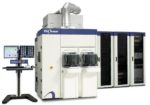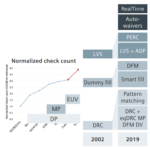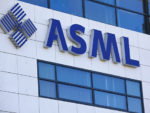Curvilinear Design Primer for Design, Packaging Communities
This interview was done by Bob Smith, Executive Director, ESD Alliance, a SEMI Technology Community.
Previously, Fujimura served as CTO at Cadence Design Systems and returned to Cadence for the second time through the acquisition of Simplex Solutions where he was… Read More










